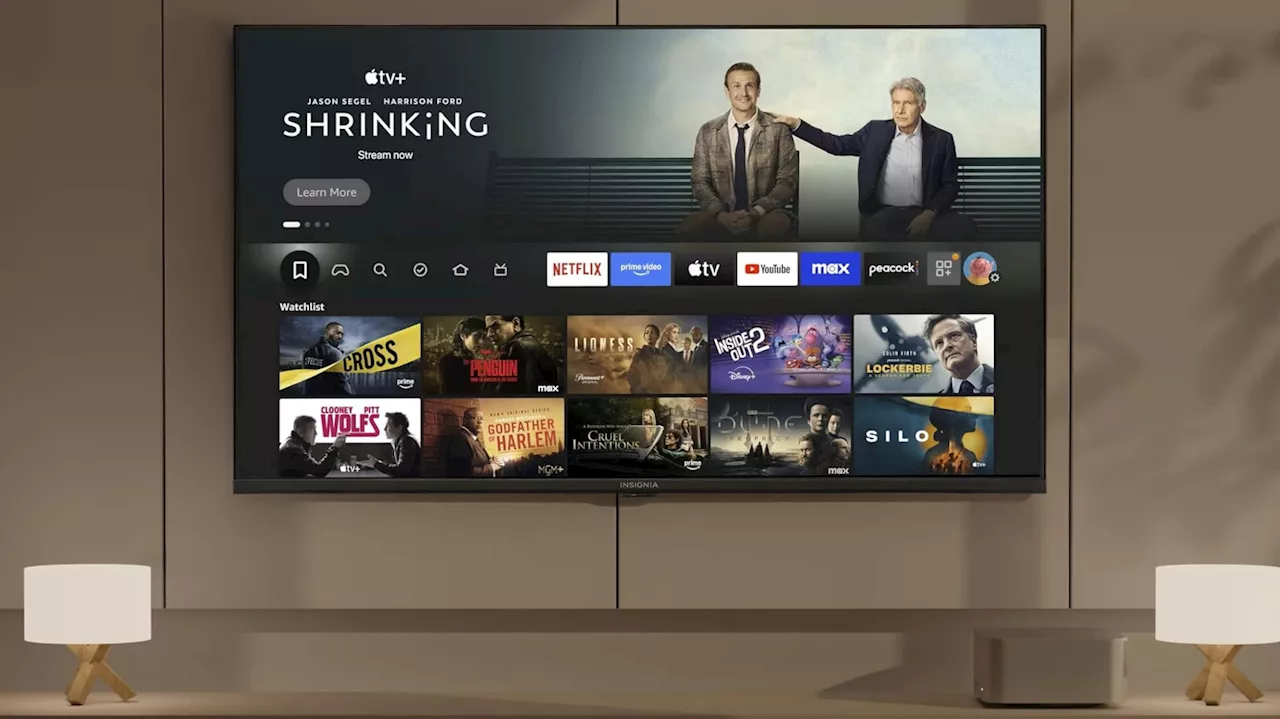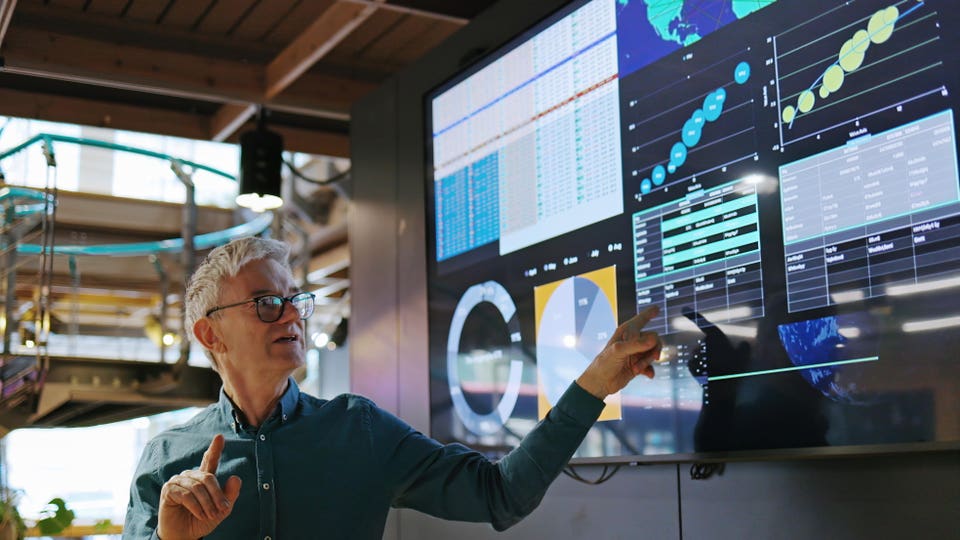A pet owner has created a unique solution to a common challenge faced by cat lovers: feeding wet food automatically. Ben Heck, an engineer and cat owner, developed a specialized robotic feeder to address the needs of his cat, who requires a specific canned diet due to health issues. This innovative device not only dispenses food but also opens the cans, which are typically not compatible with standard automatic feeders.
Unlike dry cat food, which can be easily dispensed from a hopper, wet food presents a distinct challenge. To tackle this, Heck’s robot features a mechanism that slides a wedge under the pull tab of the can, punctures it, and removes the lid. Once the can is opened, the food is then ejected down a ramp, ready for the cat to enjoy. The design allows for multiple cans to be loaded simultaneously, utilizing 3D-printed cartridges that stack on top of each other, accommodating up to six cans at a time.
Innovative Solutions for Pet Care
The creation of this robot feeder highlights the intersection of technology and pet care, showcasing how innovation can enhance the quality of life for both pets and their owners. As pet ownership continues to rise globally, the demand for smarter and more efficient solutions will likely grow. In fact, the trend of creating custom devices for pets has gained traction, with various enthusiasts participating in competitions, such as those hosted by Hackaday, which celebrate ingenuity in pet care technology.
Heck’s design not only serves a practical purpose but also embodies the joy of pet ownership. Many pet owners engage in projects to create fun or helpful items for their animals, combining creativity with functionality. This endeavor reflects a broader movement within the pet community, where owners are increasingly looking for ways to enhance their pets’ lives through technology.
The project has garnered attention for its practical approach to a common problem. As technology evolves, so too will the tools available for pet owners, making the experience of caring for pets both easier and more enjoyable.
Whether through advanced robotic feeders or simple DIY projects, the spirit of innovation continues to thrive, ensuring that pets receive the care they need in the modern world. For those who prefer a less hands-on approach, virtual pets also offer an alternative for companionship without the responsibilities of traditional pet ownership.
In conclusion, Ben Heck’s robotic feeder for wet cat food exemplifies how technology can address specific needs in pet care, potentially paving the way for similar innovations in the future.







